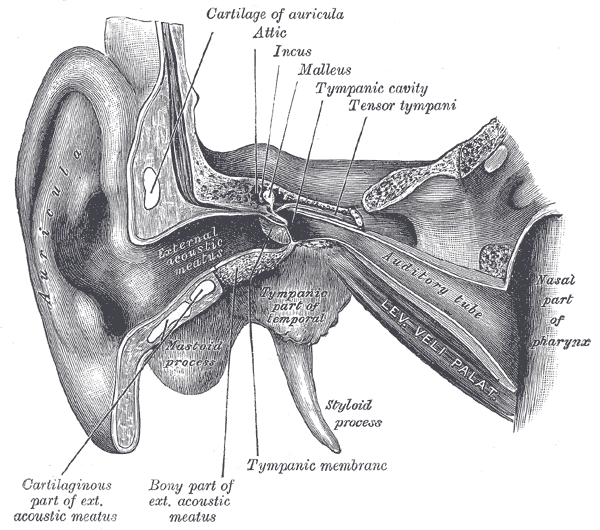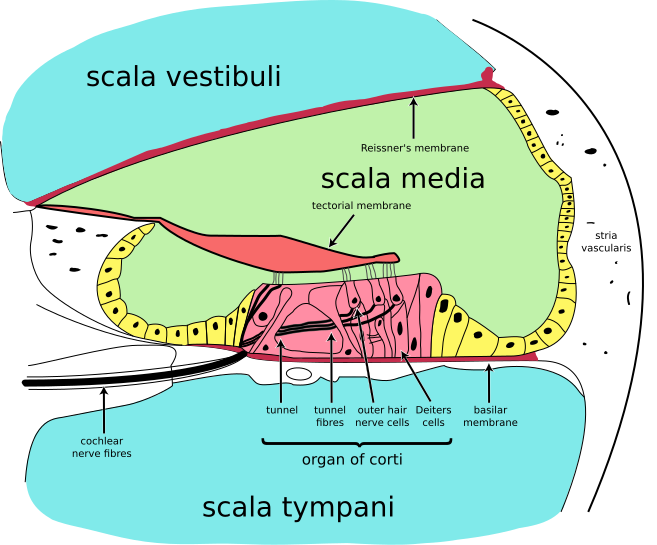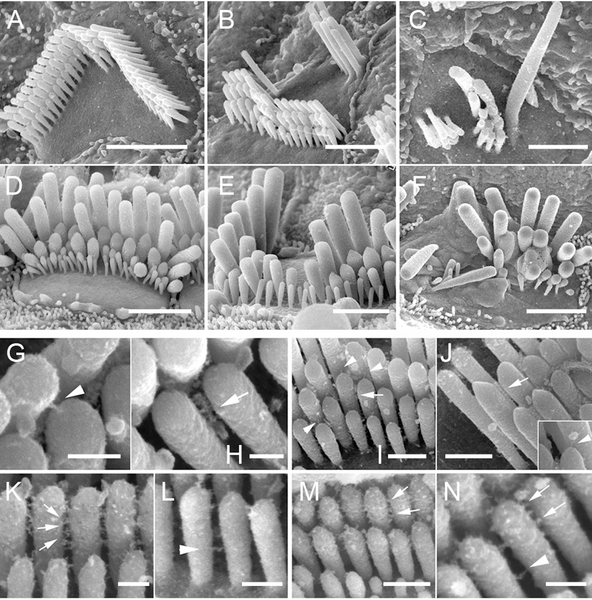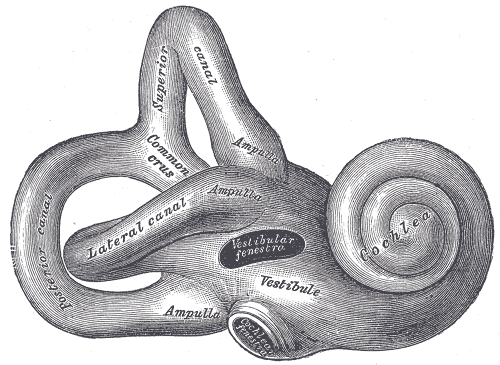We just learned about the Tensor Tympani.
Another part of the ears is the Eustachian Tube.
This is a part of the ear that goes toward the nose.
The middle ear is kind of like a balloon that is filled with air.
When you go on an airplane, the air pressure makes the balloon swell up bigger, and makes it hard to hear.
The eustachian tube is a way for your body to let out a little bit of air so the balloon of your middle ear goes back to normal.
Usually chewing gum or swallowing helps your ears open the eustachain tube, and because it sometimes makes a popping sound, some people call it making your ears pop.
The middle ear can also get some bad liquids in it that need to be drained out, so the eustachian tube helps drain those, and they would come out the nose.

(from: wikipedia - eustachian tube)
Kid Facts - Blast from the past: Thymus

















